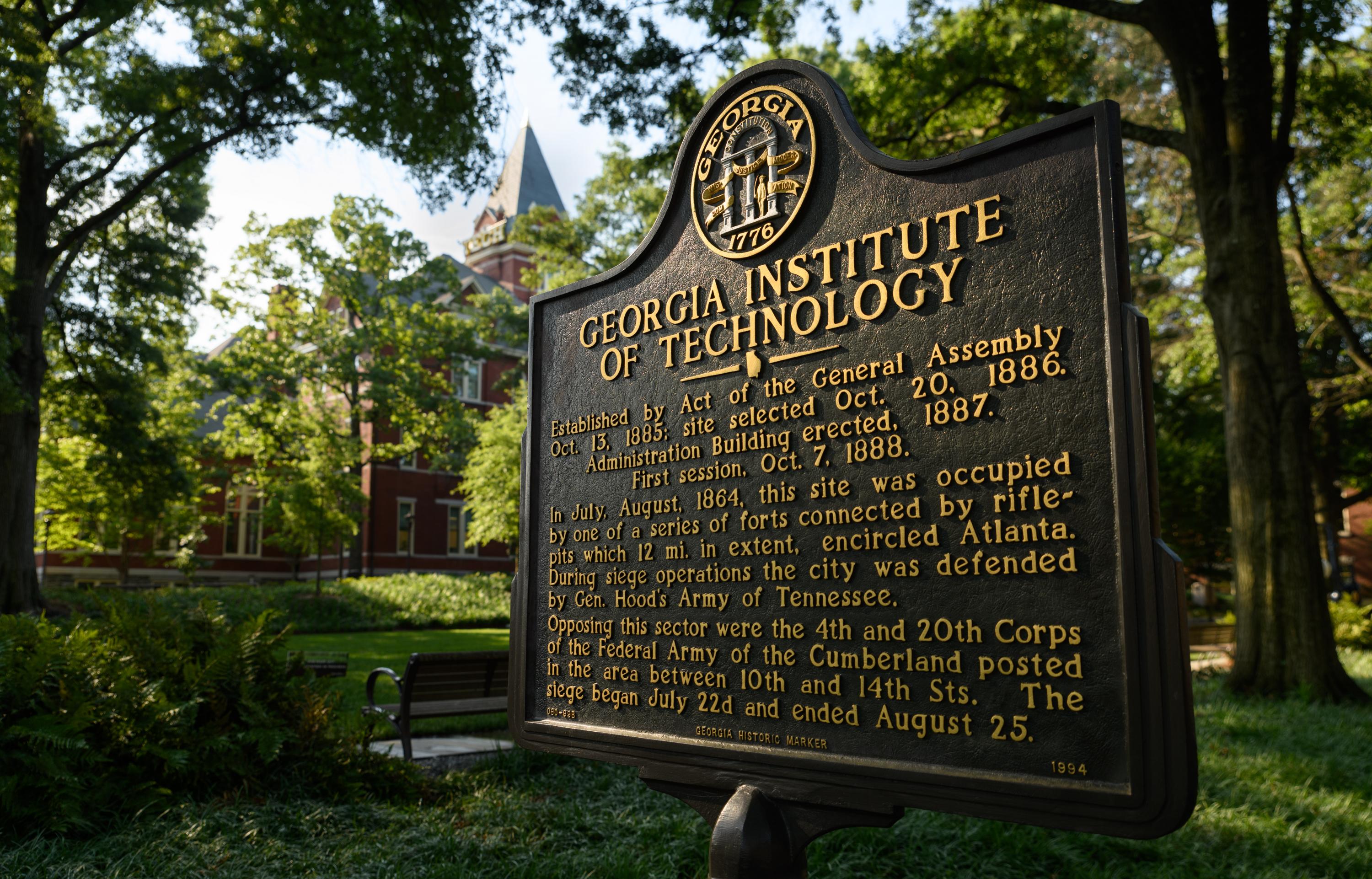Georgia Tech to Enter New Fiscal Year on a Positive Note

With the new fiscal year approaching, Georgia Tech is in a better position because of higher than expected enrollment numbers, which are expected to continue into the next academic year.
“Given the instability of the past year, this is not your typical scenario in higher education and we are cautiously optimistic moving forward,” said Kelly Fox, executive vice president for Administration and Finance. “We are also extraordinarily grateful to the state of Georgia and the University System of Georgia for their commitment to higher education and our students as well as their thoughtfulness and willingness to work with us during these uncertain times.”
Comparing Spring 2020 with Spring 2021 enrollment, among all 26 schools in the University System of Georgia (USG), Tech had the largest growth in terms of number of students, with an increase of 4,223 students (mostly at the graduate level), and in terms of percentage, at 11.9%. Overall, the system averaged an increase of 1.3% in spring 2021.
Thanks to strong enrollment numbers and healthier than expected state tax revenue collections, Georgia Tech is receiving $33 million in new state formula funding for fiscal year 2022. In total, state appropriations account for 16% of Georgia Tech’s FY22 budget of $2.3 billion.
In looking at Georgia Tech’s overall budget, it is important to understand the vulnerability of state appropriations, which has been increasing in dollars along with Tech's enrollment but declining as a percentage of the total budget for nearly a decade. This year, tuition revenue exceeds state appropriations for the 12th consecutive year.
In addition, the Board of Regents (BOR) also voted to keep tuition and mandatory fees – another source of revenue for USG institutions – steady across the system for the upcoming academic year.
“While we are very fortunate to end this year better than expected, there are sensitivities, and we need to be mindful of all the variables that contribute to the health of our budget,” Fox said.
The rollout of the Institute’s strategic plan earlier this year is helping to guide how Tech will invest this new funding to advance many of the Institute’s goals and values. Here are a few highlights from the approved FY22 budget:
Retention and support of our talented faculty and staff:
- $8.5 million initially budgeted for faculty and staff equity pool adjustments. While merit increases are not funded by the state in FY22, Georgia Tech is able to provide equity adjustments with the potential to reevaluate minimum wages and review current salary ranges with market comparisons. This reflects the minimum amount of investment pending fall semester tuition revenues. Adjustments are expected in the first and second quarters of FY22.
- More than $3.5 million for faculty startup packages.
- $800,000 for faculty and staff retention pool, with $400,000 budgeted for each.
- $740,000 for faculty promotion and tenure.
Students are our top priority:
- $1.2 million for student advisory positions (financial, academic, and admission) across the Institute to help ensure student success.
- $750,000 to support graduate students primarily by covering the increased costs in student health insurance plans for graduate teaching and research assistants.
- $750,000 to help fund graduate teaching assistant stipends as well as increasing the number of teaching assistants.
- $300,000 to create career educator positions.
Support of the Institute’s growth:
- Nearly $2 million for building and associated infrastructure renovations.
- $1.3 million for capital campaign support.
- $890,000 to create positions to support OneUSG.
As Georgia Tech moves into fiscal year beginning July 1, more information related to the budget will be made available.